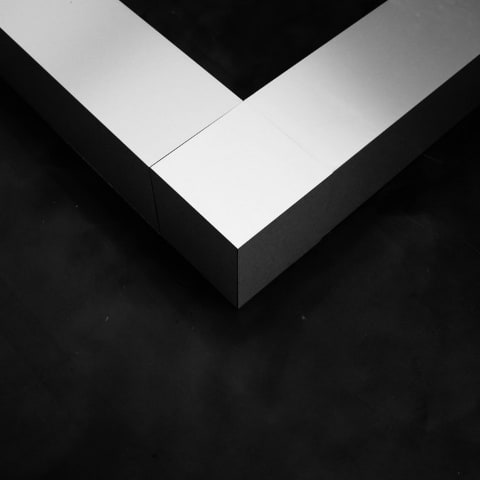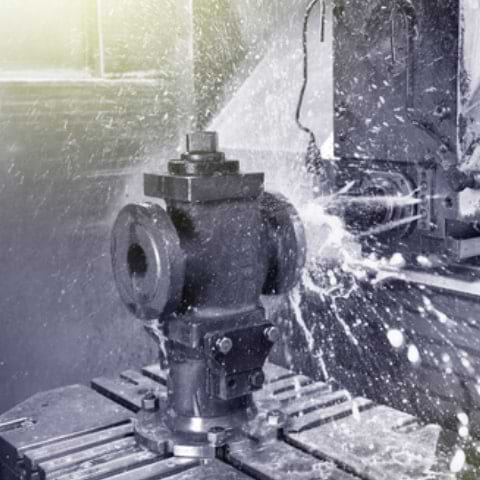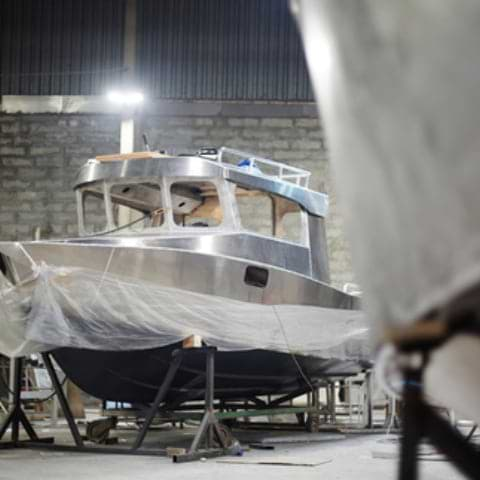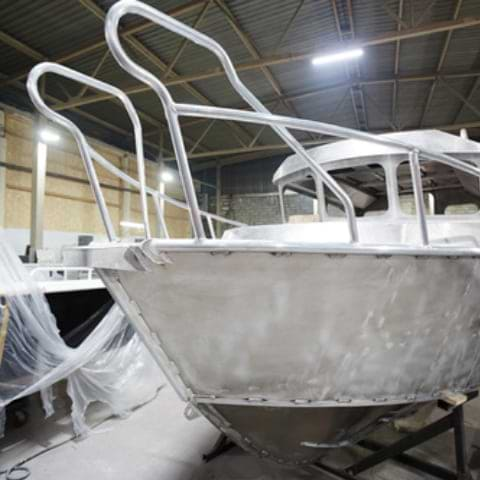
Hot dip galvanizing is used to protect structures made of iron and its alloys against corrosion. It can also provide good protection against mechanical damage to soft metals. It consists in mechanically applying a zinc coating to steel by dipping properly prepared steel products in a bath of liquid zinc. It is necessary to prepare the materials for this process by degreasing, etching and fluxing. Degreasing is used to remove grease that appeared during the production process, transport, and also during storage. Etching removes non-metallic substances (such as rust and scale). Fluxing is to ensure the correct course of chemical reactions that occur in the galvanizing process.
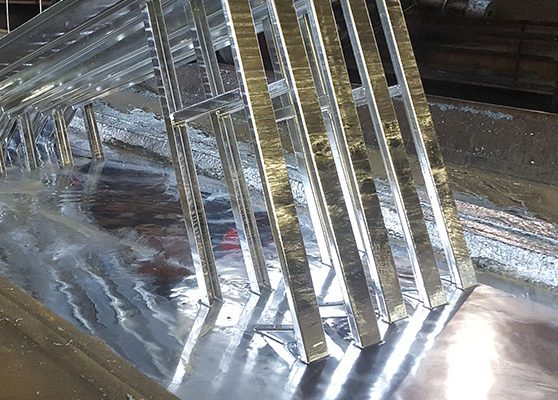
Hot dip galvanizing is another name for hot dip galvanizing. It is an extremely effective method of anti-corrosion protection known for almost 200 years. The biggest advantages of hot-dip galvanizing are: high level of protection of building parts, strength and resistance to impact and friction, cathodic protection, affordable prices, no need for maintenance and safety for the environment.
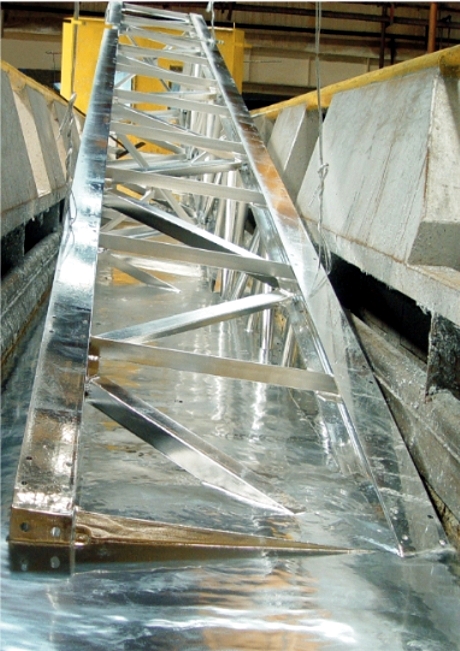
Galvanizing is performed with the use of electricity, i.e. in the process of electrolysis. On the other hand, hot-dip galvanizing involves immersing an element in hot and dissolved zinc. Electro-galvanizing makes the zinc coating smooth and uniform, without any beads or lugs. However, it is worth remembering that it may be inaccurate, so the element will not be 100% galvanized in all places. On the other hand, hot-dip galvanized components are much more durable, and the coating provides a better level of protection for a longer period of time.



